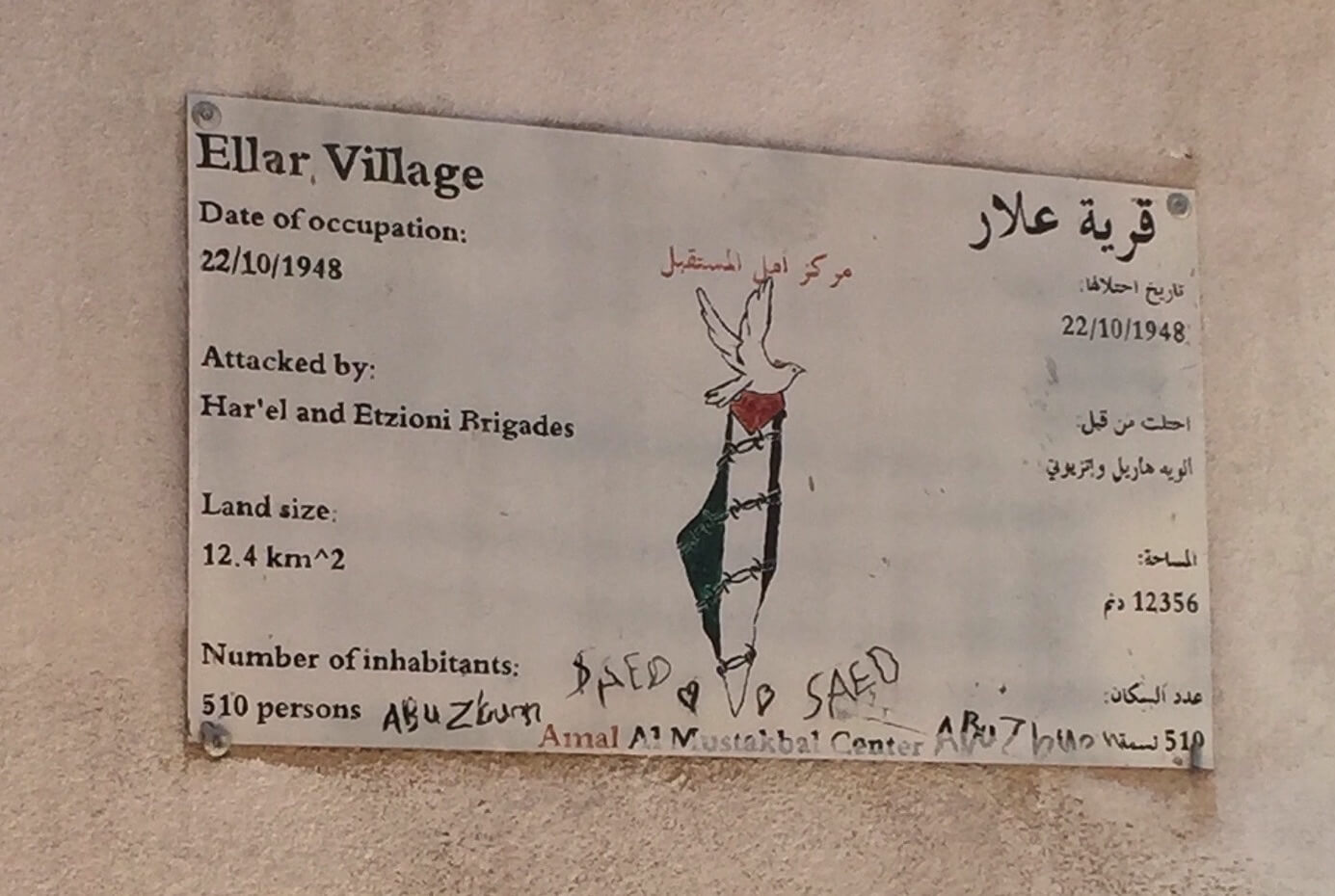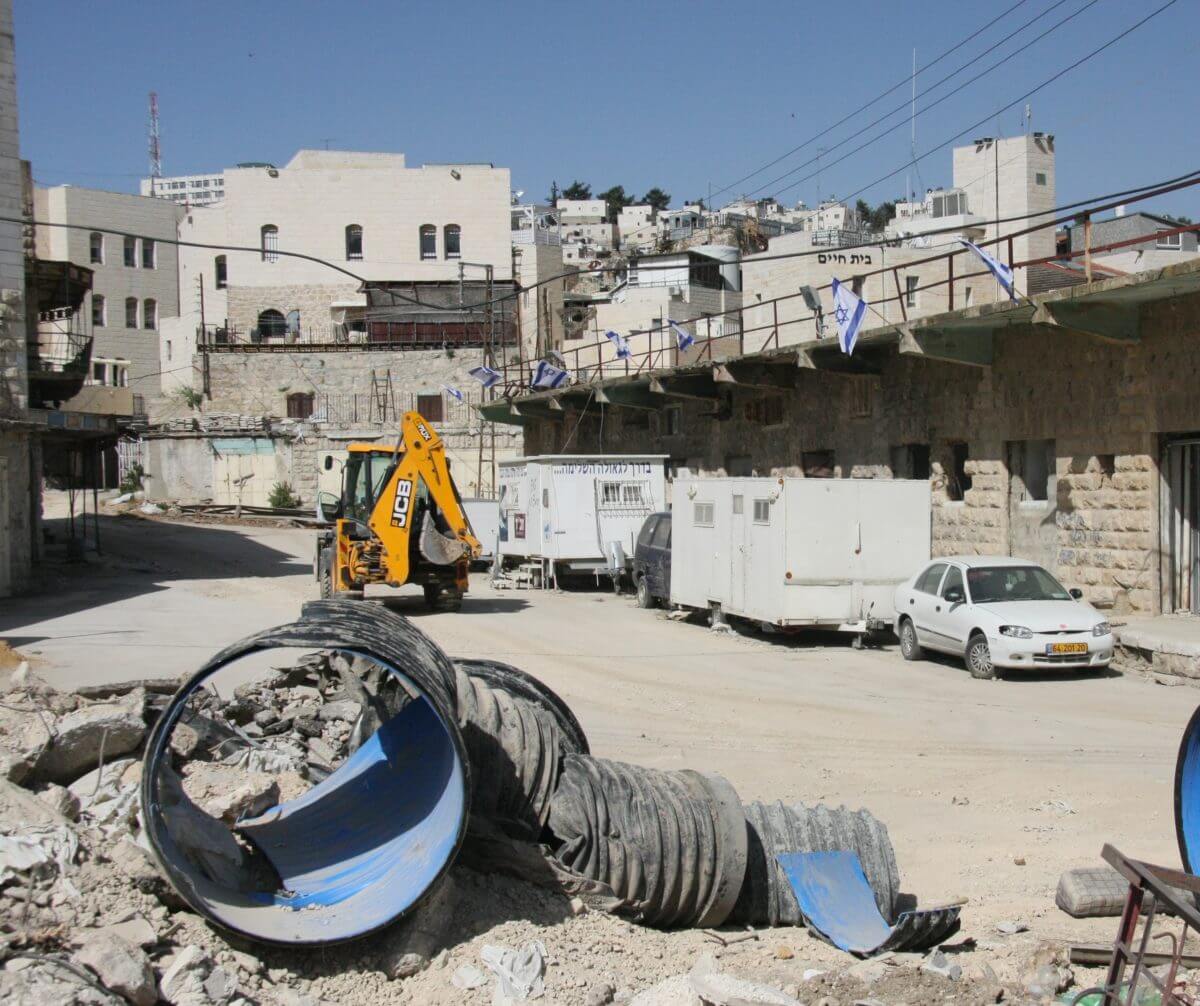“My father doesn’t die. I only said that so that the story would end. If I didn’t, it would never end. Summer is coming in a couple of months and the sun will dry up all the piles of peels and shells, so they won’t be so heavy and then my father can move them away from on top of him and go back to the house.”
–Ghassan Kanafani, The Slope (1961)
“You’re going to Bethlehem? Isn’t it dangerous?
You’re going to Hebron? Isn’t it dangerous?
Don’t go to Bethlehem. It’s dangerous.
Don’t go to Hebron. It’s dangerous.”
According to a recent New York Times op-ed, Israel today is “nothing like” South African apartheid. As is often the case with the Times opinion pages, the message is carried by ethos: the voice of Benjamin Pogrund, a somewhat lauded South African-Israeli journalist who covered apartheid in South Africa, soothes the conscience of liberals who support Israeli state crimes. Since Clinton-style Democrats can’t even use the term “occupation” when referring to Israel, the preemptive offensive against “apartheid” is nothing but indoctrination for elite readers of the Times.
Pogrund’s recycled arguments have been disassembled elsewhere, but the controversy around Israel and apartheid does show the inadequacy of mainstream discourse about Israel/Palestine. What could be pointed to in order to “convince” the world of injustices done to Palestinians—to “isolate” the crimes and give them the proper label—when the system of Israeli domination is so entrenched and so vast, so as to be practically invisible, particularly to Israelis?
Israeli Jewish citizens, like Pogrund and me, are expected to cultivate a schizophrenic relationship to the territories controlled by Israel. On the one hand, we’re expected to have intimate familiarity with Israeli rule and its military logic, so that we can defend it at home and abroad like good hasbara agents; and on the other, pumped with fear, we must be completely ignorant of what happens in Palestinian areas.
On a recent visit to the West Bank, we passed the white-on-red signs warning Israelis not to go into the Palestinian “Area A” (“Entrance for Israeli Citizens Is Forbidden, Dangerous to Your Lives And Is Against The Israeli Law”). The signs kind of look like, and merit the same seriousness as, the signs warning Tel-Aviv beachgoers not to swim in the wintery month of April.

In Bethlehem, we saw Claire Anastas’s house, which is flanked by the separation wall. Although Bethlehem is in forbidden Area A, anything in the vicinity of the wall is considered “Area C” and thus under Israeli control. Area C’s boundaries are virtual and malleable. That’s why Israeli authorities prohibit residents of the Anastas house from opening the windows on the second floor or going up to the roof (both considered security threats).

We walked through Aida refugee camp, just outside of Bethlehem, where roughly 5,000 Palestinians displaced in 1948 now live, and where homes have been frequently raided and shelled by the Israeli army. The camp has a memorial for children killed during Israel’s assault on Gaza in 2014 (around 500 Palestinian children were killed in operation “Protective Edge,” yet Israeli media has barely covered the devastation).


From Aida, we traveled to Hebron’s Area “H2,” which is under full Israeli control and where Palestinian movement is restricted. It looks and feels like a ravaged ghost town. Al-Shuhada Street, where there once was a bustling market, is now a site of hollowed-out stores and rubble. After Baruch Goldstein’s massacre of Palestinians in the Cave of the Patriarchs in 1994, the Israeli military imposed curfews on residents and restricted store hours—a form of collective punishment for Palestinians for a murder committed by a settler. In 2000, during the Second Intifada, the street was officially closed by Israel. Today only settlers, Israeli soldiers, and contractors (and the Palestinian construction workers who work for them) are left to roam the streets plastered with biblical-nationalist propaganda. It’s a matter of time, it seems, until those locked buildings are reopened to Israeli settlers.

Perhaps agitated by our presence, a settler stopped her SUV in the middle of the road to ask if we’re with Breaking the Silence. She offered to give us her “objective” view of Hebron, explaining in a Brooklyn accent (which she insisted was Israeli) that her Jewish ancestors purchased Hebron’s lands legally—and that if only those Palestinians from across the way stopped throwing stones, maybe we could live in peace.

We ended our journey in the Gush Etzion settlement bloc. The Israeli government chose this place to celebrate the 50th anniversary of the Six Day War (1967)—a “liberation” of the West Bank, according to government officials. (Miri Regev, the Culture Minister, argued that these celebrations must remain above the fray of “any political disagreement.”) As in East Jerusalem, the disparities in infrastructure between the polished Jewish-only settlements and the surrounding Palestinian neighborhoods are harrowing.

Sophisticated apologists for state power, who frequently write for the Times, call for “nuance” in framing these observations; they’re willing to condemn the Israeli occupation, selectively, as long as Israel’s image as a “Jewish and Democratic state” (a contradiction in terms) is preserved. At best, apartheid can be used as a hypothetical threat: in 2007, former Prime Minister Olmert warned that Israel might become “apartheid-like” (Ehud Barak made similar pronouncements) and in 2014, John Kerry was still cautioning that Israel risks becoming an apartheid state if settlement expansion continues (he later apologized). Tom Friedman reinforced Kerry’s position unequivocally in the Times: “Israel by default could become some kind of apartheid-like state.”

The Israeli state, however, runs a system that continually produces horrors, each negating the apologist’s hedging. From just the last few years: an eight-year-old girl terrorized by soldiers for crossing into a Jewish-only road; an eight-year-old boy violently dragged around the neighborhood by a gang of Israeli soldiers; detention, interrogation and abuse of children; a poet, Dareen Tatour, arrested for posting poems on social media, facing nearly a decade in prison; Israeli army patrol threatening to “gas” to death “the children, the youth, the old people” of Aida refugee camp; the spraying of putrid “skunk water” on Palestinian schools (a technique imported from Israel by Ferguson police); Israeli soldiers beating Palestinian bystanders, no questions asked; the repeated obliteration of whole neighborhoods and families in Gaza (this is why the name “Gaza” doesn’t appear in Pogrund’s Times piece). If we only dare look, we see that there’s apartheid and much more.



The sneakiness of Pogrund’s lies is impressive.
http://forward.com/sisterhood/338126/maternity-ward-segregation-just-tip-of-the-iceberg-in-israel/
Nobody needs to read Poground’s article to know that he doesn’t refer to the Crime of Apartheid as defined by international law, but only compares South Africa’s petty Apartheid with Israel. The usual Hasbara trick.
Defenders of Israel arguing that the colonialist, (war) criminal and religion-supremacist “Jewish State” isn’t exactly like South Africa is akin to defenders of the rapist arguing that he isn’t exactly like the child molester or the serial killer: It’s irrelevant to the hatefulness, immorality and deliberate criminality of the perpetrator, and it’s of very small comfort to its / his victims.
Eminent Jewish Israeli journalist, Bradley Burston, aptly sums up the horrors Israel inflicts on Palestinians in the occupied West Bank and occupied East Jerusalem:
“Occupation is Slavery”
EXCERPT:
“In the name of occupation, generation after generation of Palestinians have been treated as property. They can be moved at will, shackled at will, tortured at will, have their families separated at will. They can be denied the right to vote, to own property, to meet or speak to family and friends. They can be hounded or even shot dead by their masters, who claim their position by biblical right, and also use them to build and work on the plantations the toilers cannot themselves ever hope to own. The masters dehumanize them, call them by the names of beasts.” (Haaretz, Feb. 26/13)
When future generations of Israeli’s look back at this tragedy they will say of Netanyahu and others; you committed terrible crimes in our name but worse you stole our conscience, the very soul of our integrity, you lied to us again and again and we believed your lies. To paraphrase William Shakespeare…Whoever steals my purse steals trash but he who steals my good name robs me and makes me poor. Israel’s good name is being stolen.